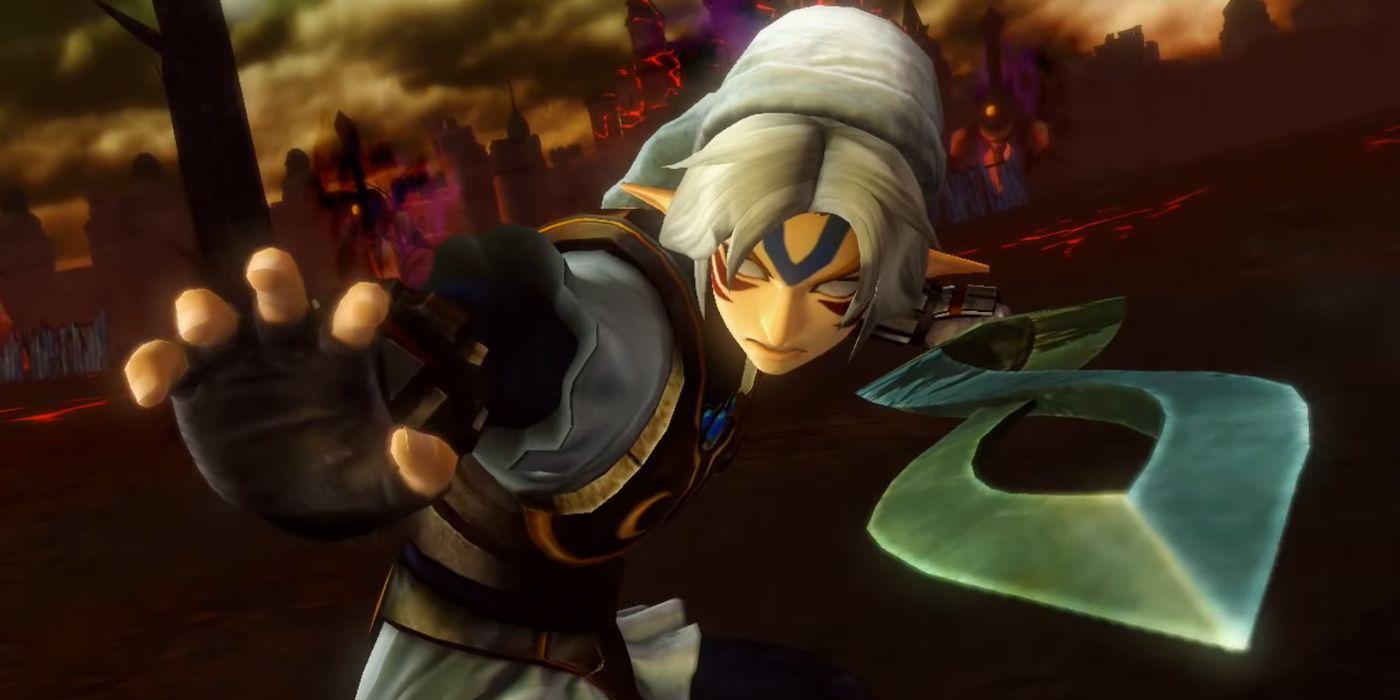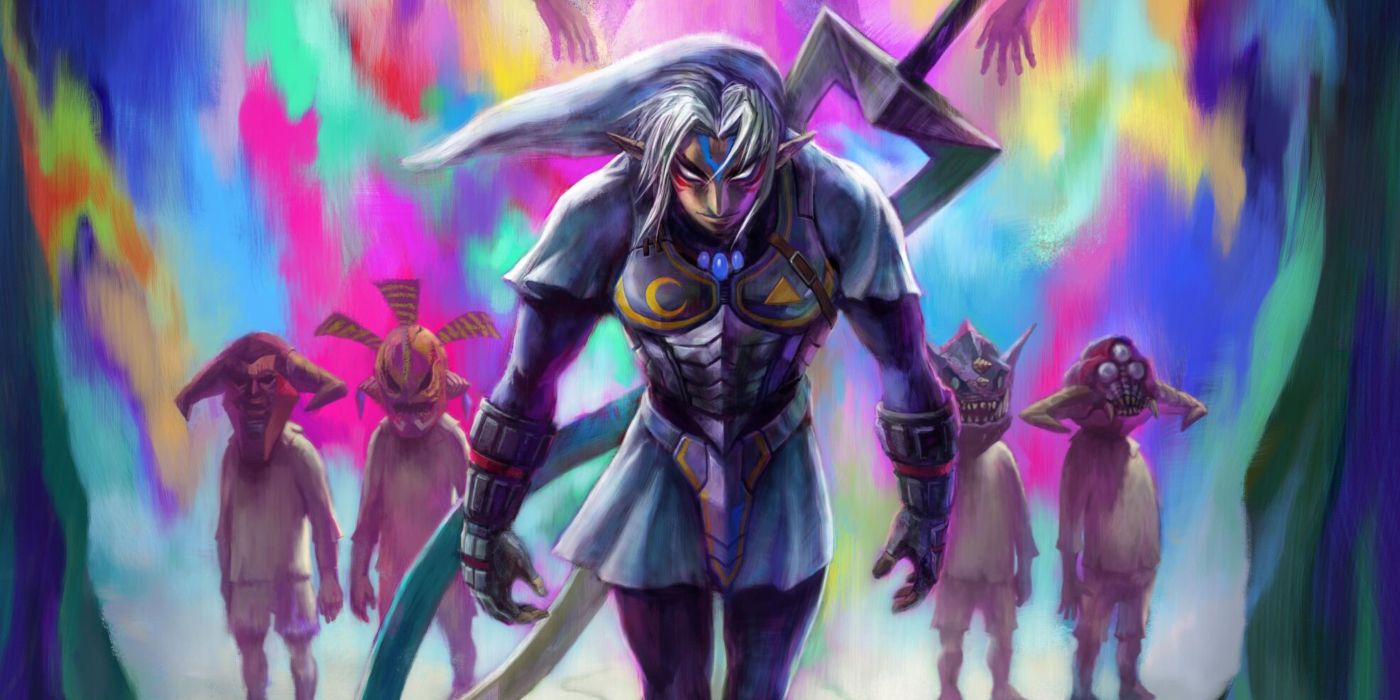From Breath of the Wild's post-apocalyptic Hyrule to The Wind Waker's flooded castle ruins, The Legend of Zelda games frequently feature dark themes alongside their (usually) colorful, whimsical aesthetics. The Legend of Zelda: Majora's Mask might be the best example of this, with its lunar-initiated demise hanging over the heads of the people of Termina. Its overtly melancholic tone has led to many theories, including one that its Fierce Deity - one of the most mysterious characters in the Zelda franchise - could represent Link's lost childhood.
Majora's Mask takes place after Ocarina of Time, starring the same Link (the Hero of Time) who defeated Ganondorf in the future as an adult. After doing so, Zelda sends Link back to the past so he can live out his childhood, which he had slept away in order to defeat Ganondorf as a more capable adult. Child Link then ventures into the Lost Woods in search of Navi after she abandons him, leading to the events of Majora's Mask.
A popular fan theory posits Majora's Mask represents the five stages of grief. Link is grieving the loss of Navi, who represents innocence, as fairies are assigned to be companions to members of the permanently youthful Kokiri tribe. He travels the five areas of Termina, each of which correlates to a stage of grief, beginning his quest in denial of his loss but growing to accept it. This culminates in his adoption of the Fierce Deity Link transformation during the final boss fight against Majora.
How Fierce Deity Represents Link's Acceptance Of Loss
The incredibly powerful Fierce Deity Mask is acquired at the end of the game by offering every optional mask to the group of four children running around the tree inside of the moon. With its magic, Link turns into an adult-looking version of himself that sports armor, a massive sword, face paint, and white eyes. Its devastating power makes short work of Majora, but it's arguably more significant as a visual metaphor: Link turns what he's grieved about throughout the game, his loss of a childhood, into his most powerful weapon. His true body is that of a child, but he takes on his more fitting form, accepting that this newfound maturity embodies who he really is.
Both Ocarina of Time and Majora's Mask feature an adult version of Link dealing the ending blow to their respective final bosses, but they also both end with Link as a child. Ocarina's Child Link leaves the game grieving, while Majora's Mask's Link leaves having accepted the trauma and experiences that robbed him of his innocence.
This theory isn't entirely watertight, as another popular fan theory suggests Ocarina of Time's Link became the Hero's Shade seen in Twilight Princess - which is officially canon - because he could not let go of his past, either tethered to the world by his regret at not being recognized as a hero or because he was corrupted by the Lost Woods while searching for his childhood home. The Legend of Zelda: Majora's Mask is one of the darkest games in the franchise, so it makes sense that it's led to many varying interpretations.


